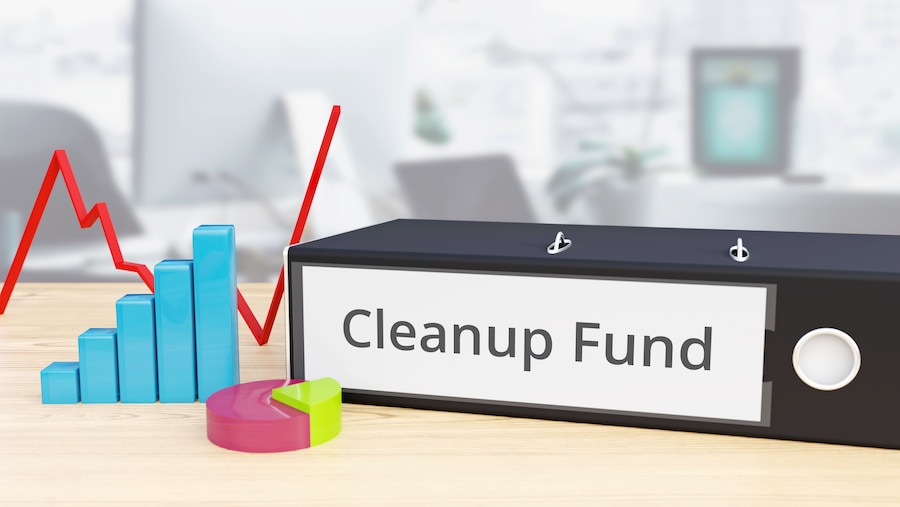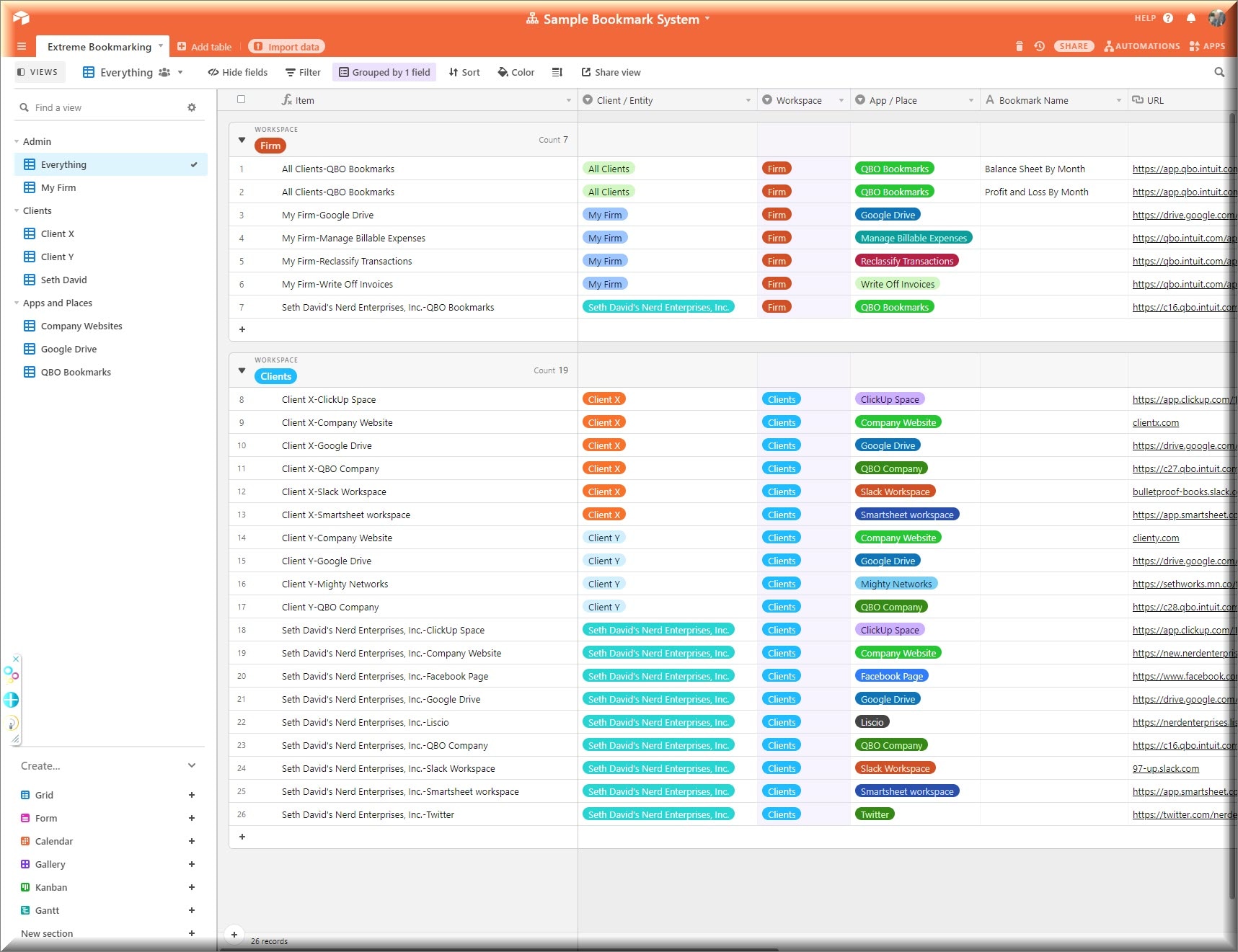We all know the adage, “New year, new me!” Sometimes, this means getting into a workout routine, practicing mindfulness, or taking up a new hobby. In accounting, New Year’s resolutions usually take on one form – account cleanups.
For myself, this includes working with project-based accounts and businesses with over $1 million in top-line revenue. So, the cleanups I perform can be pretty involved.
While cleanups are a necessary part of any great financial plan, they can also become heavily involved. As lucrative as they can be, cleanups can become time-consuming depending on the initial state of the accounts.
Generally, cleanups can fall into two different categories that each offer general insight into what type of cleanup lies ahead.
The planner vs the scrambler
One thing is clear: People will flock out of the woodwork to bookkeepers to frantically get their books in order for tax season.
Sometimes, people looking for cleanup will come from a CPA or another bookkeeper referral. These clients tend to be easier to work with. They have a clear understanding of the value of bookkeeping when it comes to protecting their bottom line. I call them the planners.
Generally, this means that they try (keyword here) to stay on top of their accounts the entire year, truly focusing on them once preparation for tax season comes around. While they’re open to learning, they generally don’t require a lot of education around the value of clean, reconciled books.
These people know the amount of work that goes into managing their finances and they’re most likely to become good monthly clients.
On the other hand, the scramblers are those who are not so clear on the importance of bookkeeping. These people generally wait until the beginning of the new year to take a closer look at their accounts.
Here’s the thing: If people are only looking to clean up to complete their taxes, they most likely will not be an ongoing client with monthly recurring revenue (MRR) for one of two reasons:
- They don’t understand the value of the partnership.
- They don’t show up.
When your business depends on maintaining MRR, it’s important to maintain a portfolio of reliable clients who count on you to keep their finances in order.
That doesn’t mean you should close the door on everyone that doesn’t fit into your “ideal client” box.
So, how do I decide?
Ultimately, it comes down to whether it’s a good fit. I’ll talk to any business owner. Realistically, anyone who takes the time to fill out the information I request is more likely to be someone that’s a good fit down the road because they understand I need to see the whole picture if I’m going to make a difference.
And, depending on how that conversation goes, I may just be scheduling a new client for onboarding.


